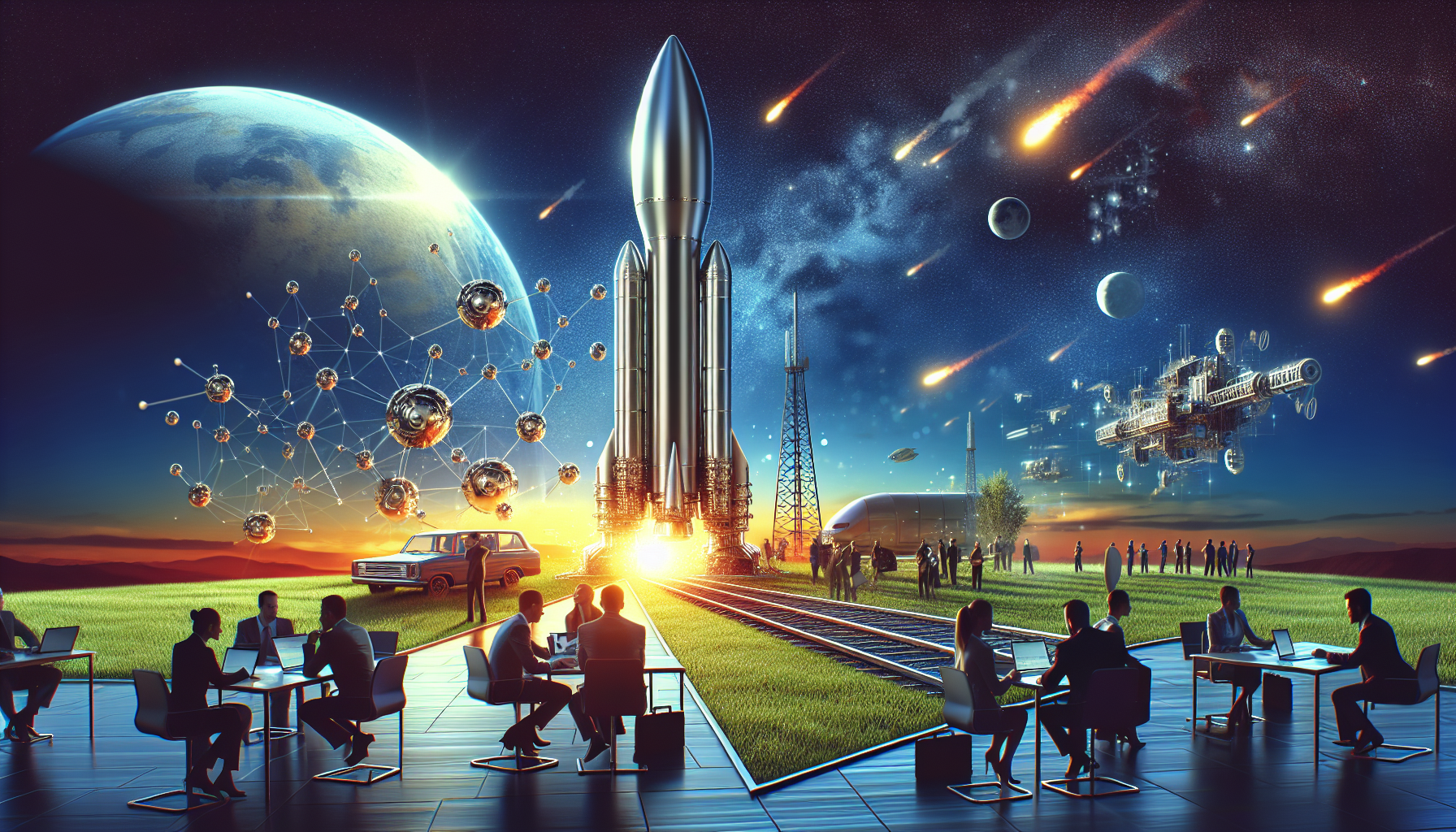
Beyond the Rocket: How Software, AI, and a Startup Mindset are Fueling the Mission to Mars
When you see images of Elon Musk’s Starship—that colossal, stainless-steel behemoth pointing defiantly at the sky—it’s easy to get lost in the hardware. It’s a marvel of engineering, a physical testament to a ridiculously ambitious goal: making humanity a multi-planetary species. The Financial Times aptly calls it Musk’s “‘Starship’ Enterprise,” a nod to the sheer audacity of the venture.
But let’s be honest. For those of us in the tech world—developers, entrepreneurs, and innovators—the gleaming metal is only half the story. The real magic, the invisible architecture that will either make or break the mission to Mars, isn’t forged in a foundry. It’s written in code, optimized by algorithms, and secured by digital fortresses. The journey to Mars is the ultimate software project, the most complex startup venture ever conceived.
Peel back the layers of steel, and you’ll find a nervous system built on software, powered by AI, and managed with a level of automation that makes today’s most advanced factories look quaint. This isn’t just about building a bigger rocket; it’s about building a self-sustaining civilization from scratch, and that’s a challenge rooted in technology.
The Code That Lands the Billion-Dollar Asset
Imagine writing a piece of software responsible for landing a 120-meter-tall rocket on a planet 140 million miles away, with a communications delay of up to 22 minutes. There’s no room for a Blue Screen of Death. This is where the worlds of aerospace engineering and elite programming collide.
The flight control software for Starship is an intricate masterpiece. It processes thousands of data points per second—from engine gimbaling and fuel flow to atmospheric density and wind shear. This isn’t just a set of pre-programmed instructions; it’s a dynamic, responsive system that has to make life-or-death decisions in milliseconds. The level of automation required for the “belly flop” landing maneuver alone is staggering. It’s a controlled fall, guided by sophisticated algorithms that are constantly refining their approach based on real-time sensor data.
For developers, this represents the pinnacle of mission-critical software design. It’s a world of extreme testing, triple redundancy, and a relentless focus on reliability. Every line of code is scrutinized, simulated, and pushed to its absolute limit, because a single bug isn’t just a support ticket—it’s a catastrophic failure.
AI and Machine Learning: The True Co-Pilots
While human astronauts will be on board, the most vigilant crew members will be powered by artificial intelligence. The sheer complexity of interplanetary travel and sustaining a habitat on Mars is beyond the scope of manual human management. This is where AI and machine learning (ML) become non-negotiable.
- Autonomous Navigation and Landing: ML models will be crucial for analyzing Martian terrain in real-time to select the safest landing zones, avoiding boulders and craters that could topple the craft. They will learn from every simulation and every flight to perfect the landing sequence.
- Predictive Maintenance: You can’t just call a mechanic on Mars. AI systems will constantly monitor the health of every component on Starship and within the Martian habitat. By analyzing performance data, these systems can predict potential failures *before* they happen, allowing crews to perform preventative maintenance. This is the ultimate application of predictive analytics.
- Resource Optimization: On Mars, every drop of water, every watt of power, and every molecule of oxygen is precious. Machine learning algorithms will manage the life support systems, optimizing a complex ecosystem of power generation (solar), water recycling, and atmospheric processing to ensure maximum efficiency and sustainability.
The Martian Cloud: SaaS for Survival
Once on the ground, how do you manage a fledgling colony? You build a digital infrastructure. Think of it as the first interplanetary cloud computing environment. The


